Best Ways of Using QR Codes in Your Marketing Strategy
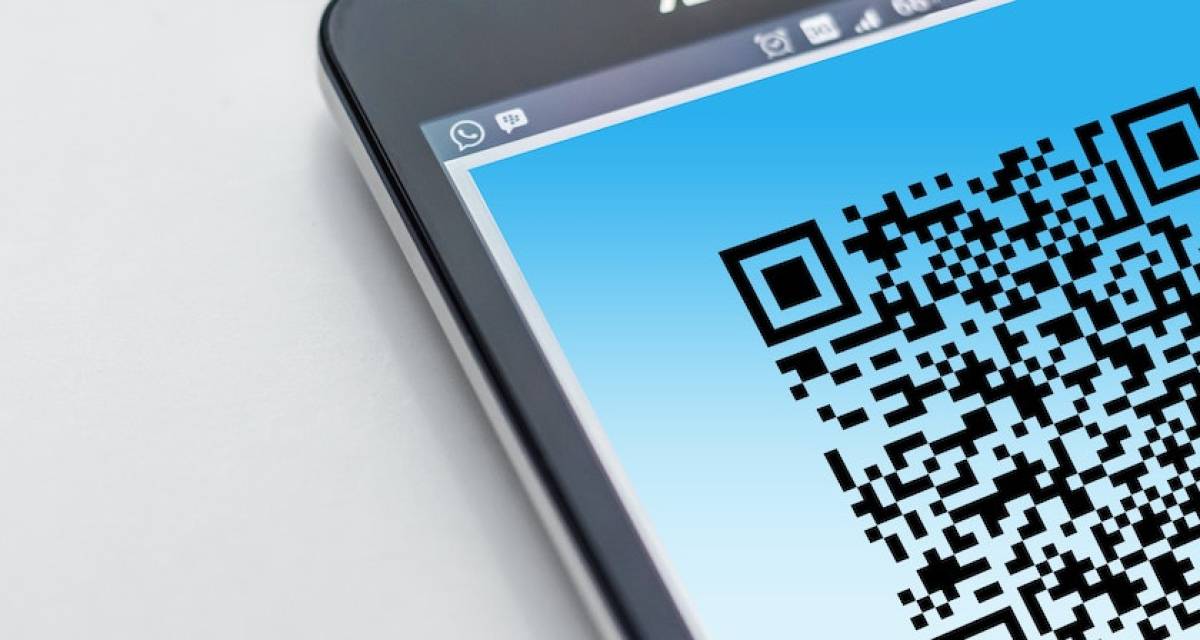
QR codes were first invented in the 1990s but didn't gain traction until smartphones became commonplace. Even then, many in the marketing and tech communities balked at these codes, calling them a gimmick. But the pandemic has given QR codes a new life, as more businesses embrace the touchless technologies that were once limited to high-tech convenience stores.
Today, QR codes are all over the place. You can find them on roadside billboards, restaurant menus, and even on in-store displays. And their appeal is only growing, as more and more brands see their potential to deliver valuable information, compelling brand experiences, and noteworthy marketing campaigns.
However, many businesses are still on the fence about whether to use QR codes in their marketing strategy. If you're one of them, read on to learn how these potent little codes can work for you.
What Are QR Codes?
Quick response codes, or QR codes for short, are 2-dimensional barcodes that can be read by a smartphone or tablet and used to link users to a rich array of content. They are similar in function to the traditional 1-D linear barcodes found on retail products, but unlike those codes, QR codes can store a lot more information and don't require a laser scanner to detect.
These codes come in two basic versions: Static and dynamic.
- Static QR codes. A static QR code contains information that cannot be changed once live. In other words, any mistakes or updates will require you to create an entirely new version. Static QR codes are ideal for storing fixed data, such as a website address or contact info.
- Dynamic QR codes. With dynamic QR codes, you can change the information on the code whenever and as often as you like, because the data does not reside in the QR code itself, but rather is linked to a specific URL. Thus, dynamic QR codes are perfect for restaurant menus and product pricing.
Benefits of Using QR Codes in Your Marketing Strategy
If you're one of the few businesses not yet on board with QR codes, here are four reasons you should shift your perspective:
I. They're easy to generate and customize.
You'll find many QR code generators online for free, making it incredibly easy to create and deploy QR codes for your campaigns.
Some QR code generators even offer templates and design customization, letting you create QR codes that are eye-catching and relevant to your brand.
The QR code from KFC's 2016 campaign is an excellent example of customization, as their code perfectly complements the campaign's playful, fun aesthetic.
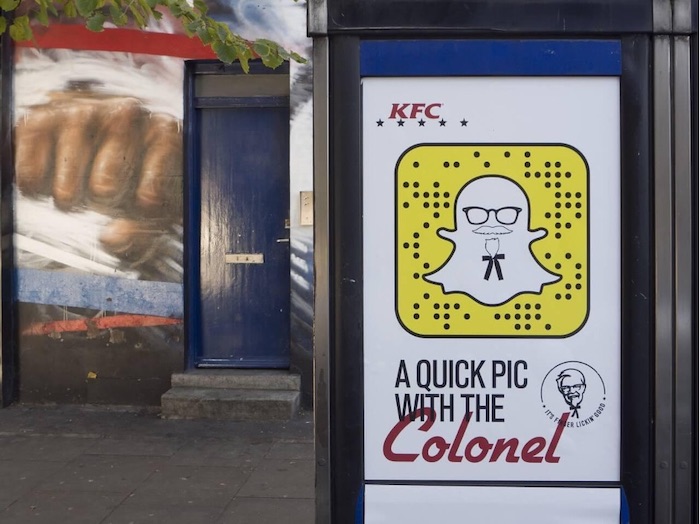
Another brand that's taking QR code customization to the next level is Taco Bell, which created QR codes that look like art installations made from lemons and avocados. As part of the company's new Cantina Bell menu campaign, these QR codes were placed in their print ads, garnering a great deal of consumer attention.
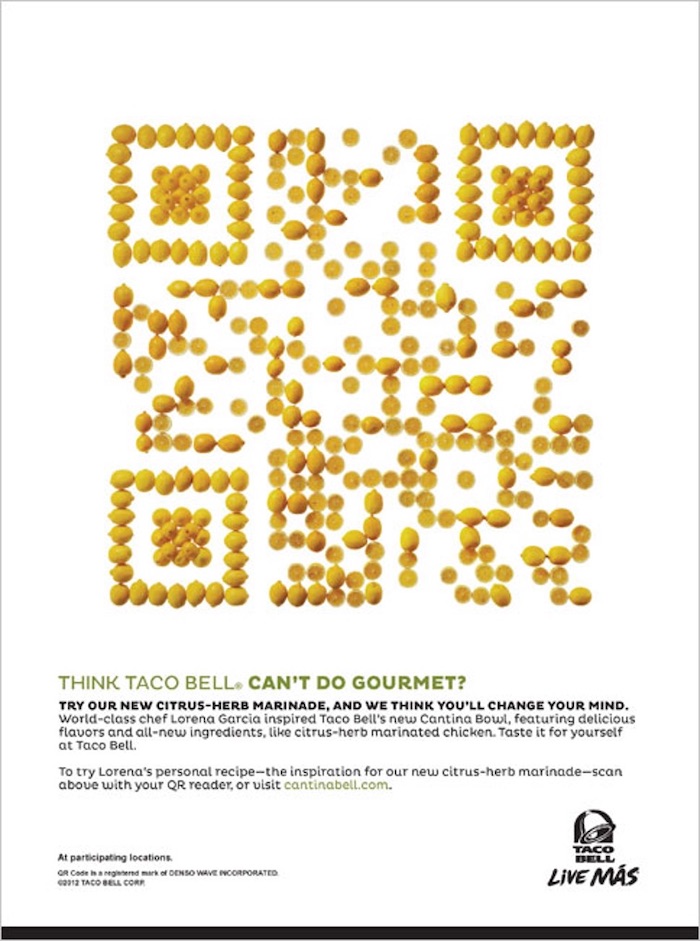
II. They're trackable.
QR code scans can be tracked and analyzed in real time. This gives businesses a wealth of info on their target audience, such as how many people viewed a certain campaign, how long they viewed it, and even where the scans took place. All this data can be used to improve future marketing campaigns and evaluate QR codes' ROI (return on investment).
For example, say you're a coach who's launching your signature coaching program, a reusable system intended to help your clientele reach their specific goals. Designing this program would be only half the battle – you also need to market it effectively to attract interested clients. This can be particularly difficult for coaches with little or no marketing experience.
Luckily, QR codes can come to the rescue. By placing dynamic, trackable QR codes on your marketing collateral, you can track and analyze customer engagement, gather valuable data about your target audience, and optimize your marketing efforts accordingly.
III. They're interactive.
QR codes can provide an element of interactivity that conventional marketing channels simply can't offer. For example, clothing retailers can use QR codes to let customers see how a piece of clothing looks on a model before buying it. Or restaurants can use them to give customers a sneak peek of their meals before placing an order.
That way, instead of passively reading about your products, customers can gauge their feel and appearance before buying them. This interactivity enables businesses to engage their customers more comprehensively and personally, thereby cultivating deeper relationships that are the essence of successful marketing.
A company that has used QR codes effectively to foster interactivity is Nissan. Their 2012 campaign for the entire Nissan product line leveraged QR codes to provide users with access to relevant information about their vehicles. Through this campaign, Nissan portrayed itself as an innovative and forward-thinking business, while allowing customers to feel more informed and empowered when making their purchase decisions.
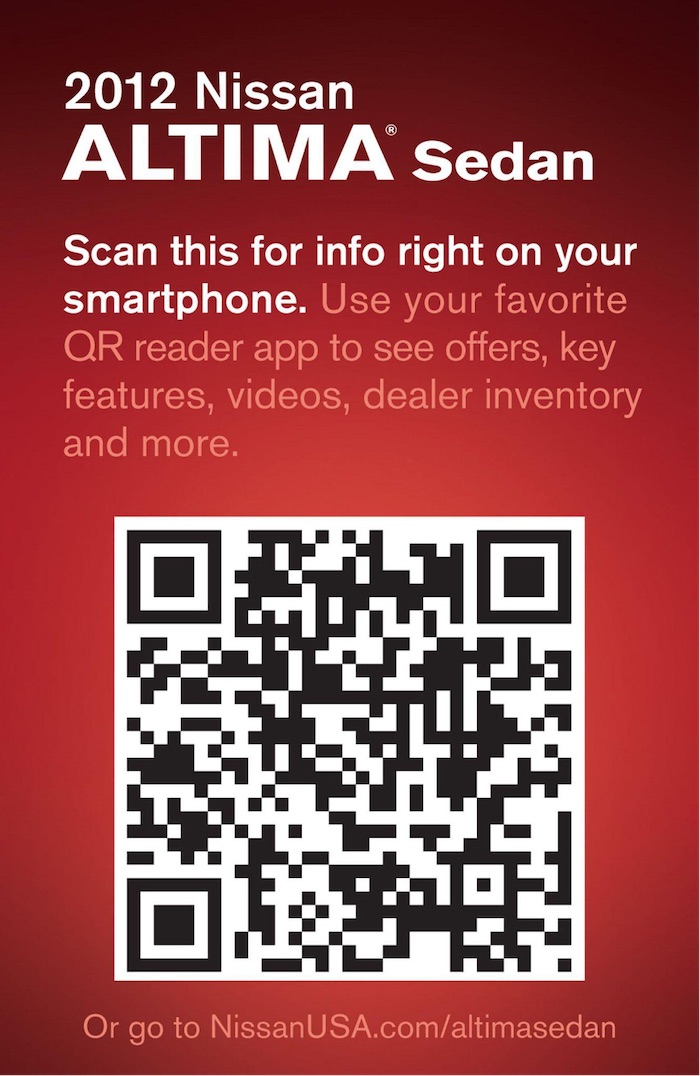
IV. They're resource-saving.
Compared to other conventional channels of marketing, QR codes are remarkably resource-efficient. They don't require technical knowledge to create and deploy, nor do they entail significant costs.
Moreover, you can incorporate them into most existing marketing materials with little effort, and, with dynamic QR codes, even edit the encoded info on the fly. These features make them ideal for businesses dealing with resource scheduling conflicts or looking to reduce their marketing costs.
For example, say you're a restaurant owner who constantly uses up resources to print new menus with the latest seasonal specials and promotions. Rather than incur this continual printing cost, you could use QR codes to direct your customers to an online menu you can update whenever you want. This way, you'll never have to print a single piece of paper again—and you can devote those printing resources to other projects.
Top Use Cases for QR Codes in Marketing
Now that you know the many benefits of using QR codes in your marketing strategy, here are a few possible marketing scenarios where they can prove useful:
1. Direct physical mailers
QR codes blur the line between physical direct mail and digital media, giving marketers more opportunities to create interactive campaigns.
With a simple scan, you can direct your audience to your campaign landing page or app, where they can view additional content and offers, participate in contests or promotions, and more.
2. Popup campaigns
Popup campaigns, though popular, can sometimes be intrusive and annoying to customers. One way that businesses can make their popup campaigns more effective includes QR codes to condense or hide the information they want to share with customers.
So, instead of bombarding your customers with a lengthy popup campaign, you could use QR codes to deliver additional information. This technique can help you engage customers without being too pushy or disrupting their experience.
3. Business cards
Traditionally, business cards provide only basic information about a professional, such as their name, title, and contact details. However, QR codes offer an additional dimension of functionality to your business cards.
A QR code on your business card, for instance, could direct recipients directly to your professional website or LinkedIn profile. This gives your cards a modern, digital update – and allows you to form a connection with your client beyond just simple info sharing.
4. Digital out-of-home campaigns
Adding an interactive and engaging element to your outdoor advertising will increase the likelihood of your brand being perceived positively by customers. For example, if you're promoting a new product, you could include QR codes on your print ads that direct customers to an online demo of the item, or to a video explaining how it works. This can make your campaign more memorable, and encourage customers to follow up with you after seeing your ad.
In Conclusion
QR codes have emerged as a valuable marketing tool, providing businesses with new ways to engage their customers and build stronger relationships. They're trackable, customizable, and easy to use for both users and marketers alike.
So, whether you're launching a new campaign or just looking for ways to improve your existing marketing strategy, QR code tech is where it's at. Be sure to use them strategically and consistently, taking the time to plan your approach thoughtfully.
After all, as with any marketing tool, success hinges on being purposeful and precise.











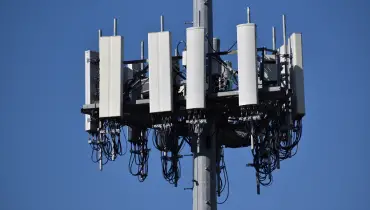

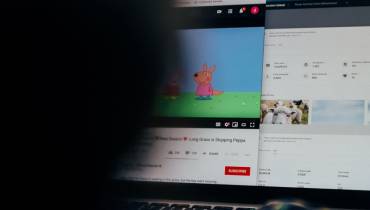



![Start a Career in Gaming Industry: Tips & Best Employment Opportunities [node:title]](/sites/default/files/styles/video_thumbnail_bottom/public/gamer-playing-first-person-shooter-tournament-using-rgb-keyboard-headphone-3933.jpg?itok=PbcL-V2p)




